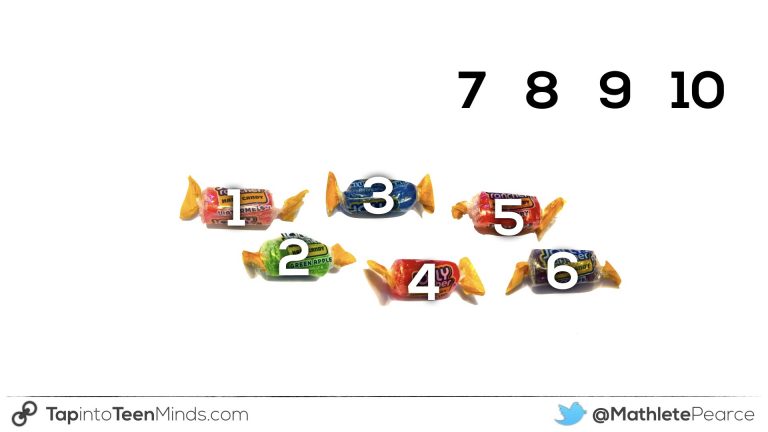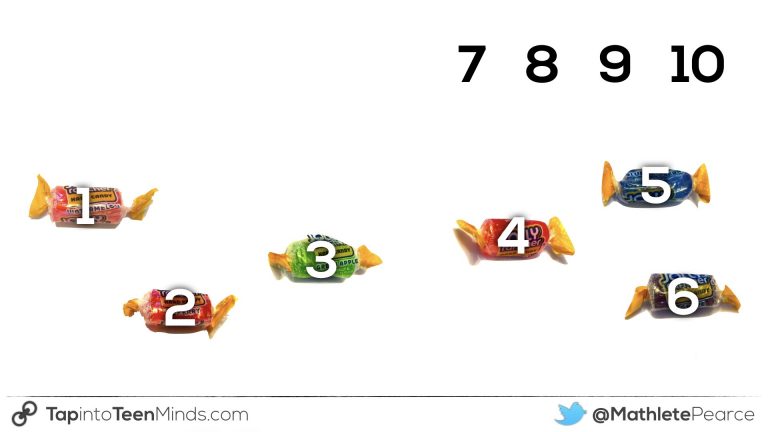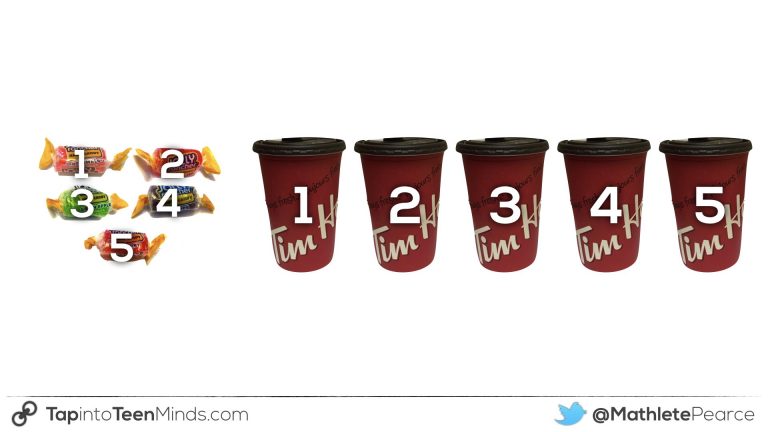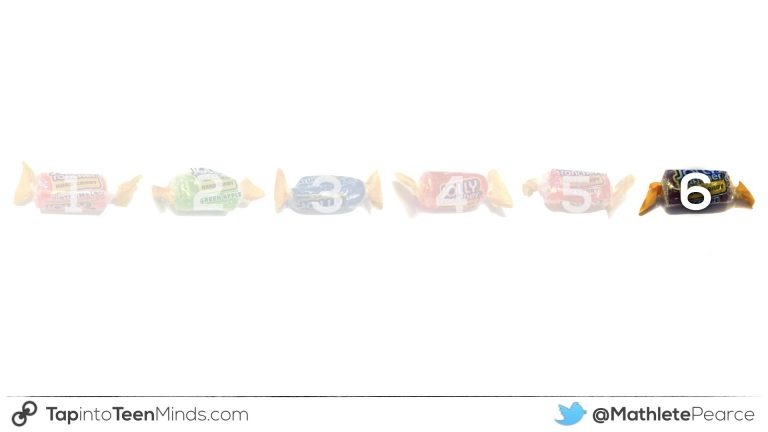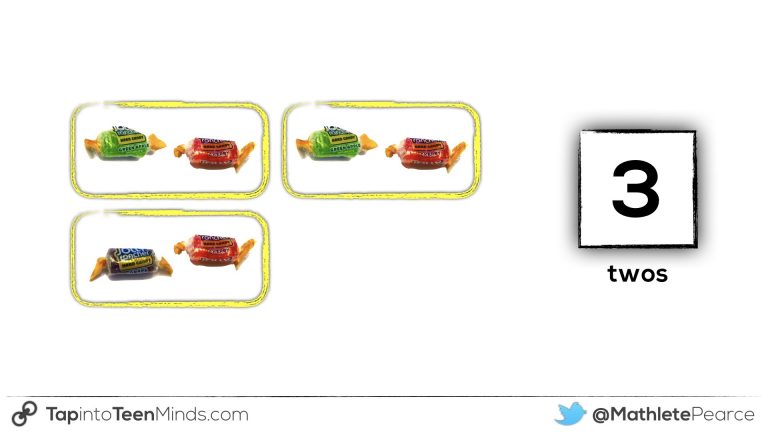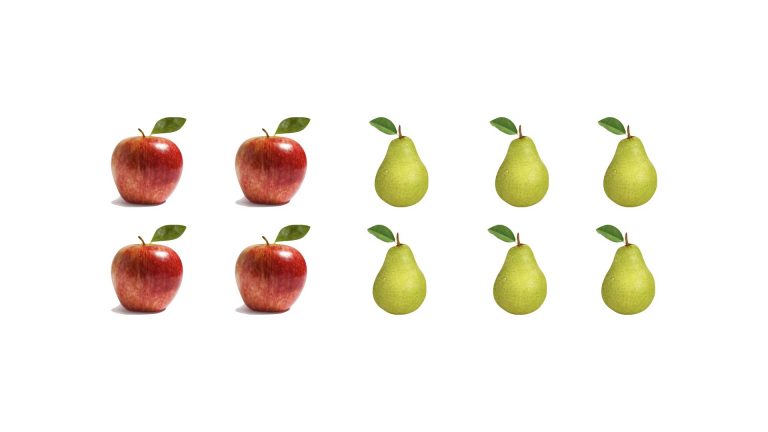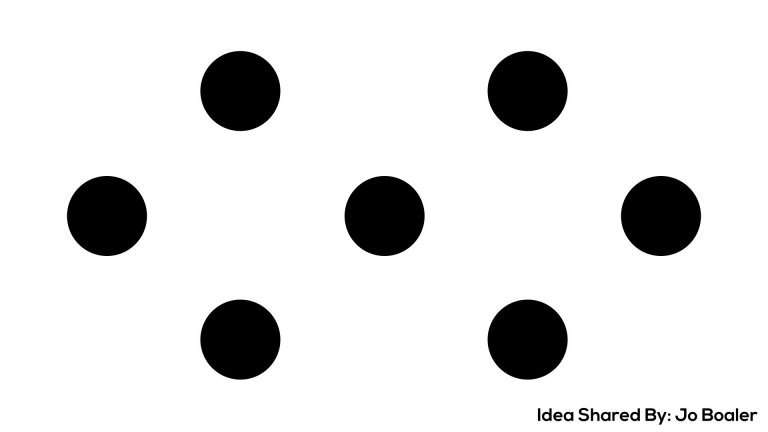This “stable list” must be at least as long as the number of items to be counted. If counting 20 items, their stable list of numbers must be to at least 20.
Playlist - Counting and Quantity
Students have an understanding of order irrelevance when they are able to count a group of items starting from different places.
Conservation is the counting and quantity principle referring to the understanding that the count for a set group of objects stays the same no matter whether they are spread out or close together. If a student counts a group of items that are close together and then needs to recount after...
Abstraction is the counting and quantity principle referring to the understanding that we can count any collection of objects, whether tangible or not. For example, the quantity of five large items is the same count as a quantity of five small items or a mixed group of five small and...
Cardinality is the counting and quantity principle referring to the understanding that the last number used to count a group of objects represents how many are in the group. A student who must recount when asked how many candies are in the set that they just counted, may not understand...
Hierarchical Inclusion is the counting and quantity principle that refers to understanding that all numbers preceding a number can be or are systematically included in the value of another selected number.
For a full summary of all counting principles, read the original blog post.
Movement is Magnitude is the counting and quantity principle that refers to the understanding that as you move up the counting sequence (or forwards), the quantity increases by one and as you move down (or backwards), the quantity decreases by one or whatever quantity you are going...
Unitizing is the understanding that you can count a large group of items by counting smaller, equal groups of items from within the large group.
As you saw in the Subitizing and Unitizing videos, these Counting Principles are mighty important. Consider using these images to prompt number talks around subitizing and unitizing as we push students thinking from additive to multiplicative over time. Visual Prompts Math Is Visual...
This dot card image was shared by Jo Boaler at a recent workshop. Because there are more than 5 dots, most people will conceptually subitize by making multiple “groups” of dots often forming some sort of visual pattern in the mind. Give this one a shot. Consider using these...

